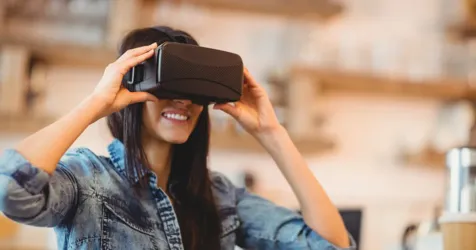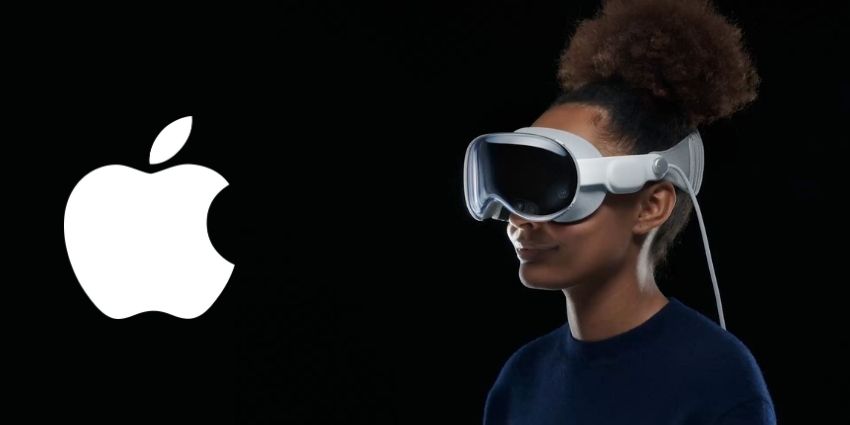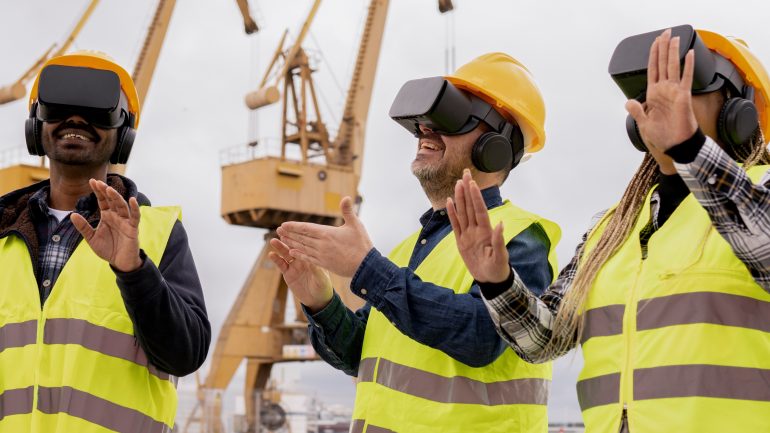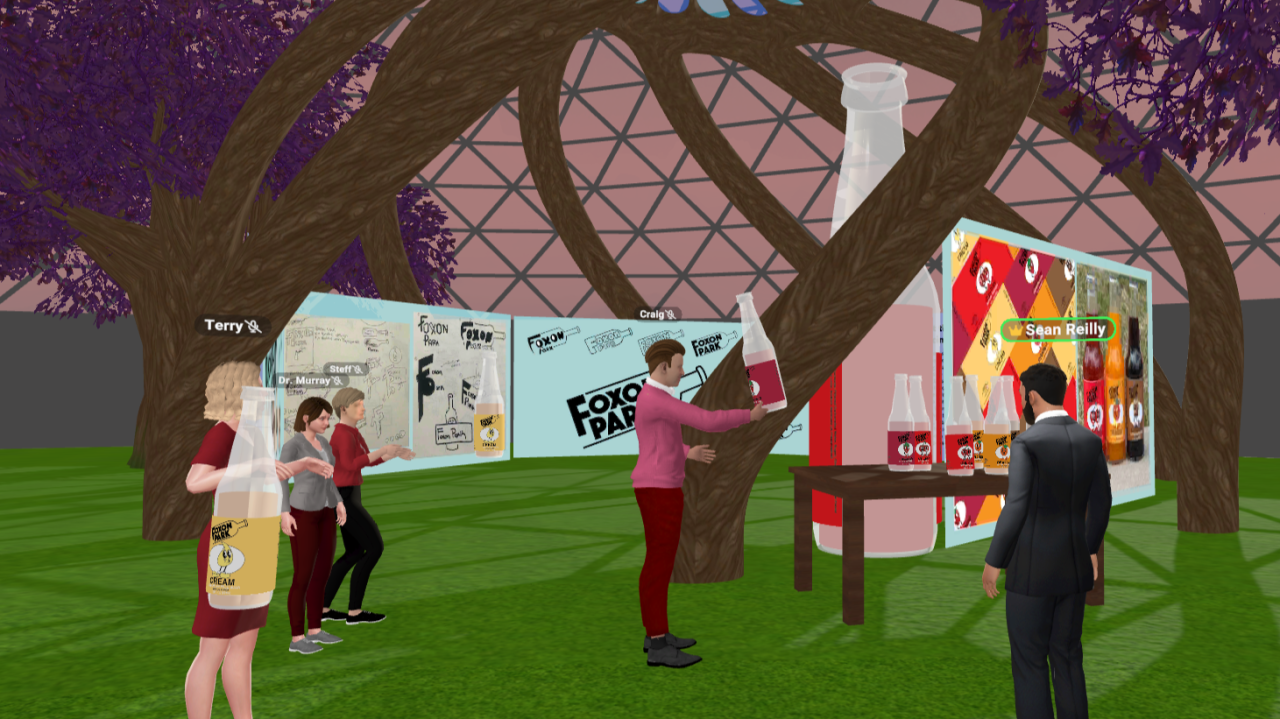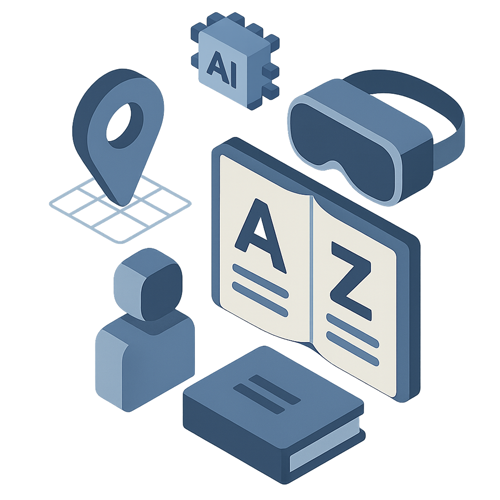Key takeaways:
- People with diabetes performed meditation delivered through virtual reality to start diabetes education sessions.
- Participants reported high satisfaction and said the application helped them relax.
People with diabetes who used an immersive virtual reality program at the start of diabetes education sessions reduced their distress and improved their knowledge of the modules, according to findings from a small study.
Researchers from the University of Alabama at Birmingham (UAB) School of Nursing incorporated a virtual reality meditation application into diabetes self-management and education sessions for people with high diabetes distress. The VR program was conducted using head-mounted displays or goggles and simulated a mix of real-life and imagined 3D computer-generated environments, which was described by Sarah Coiner, DNP, CNL, CNE, CDCES, and Bela Patel, DNP, CRNP, NP-C, assistant professors at UAB, as “mixed reality.”
“[The program] offers the options of guided meditation, self-guided meditation or breath work,” Coiner and Patel told Healio. “The user then selects an experience such as floating lanterns, growing vines, soft rain and others. These all provide a meditative experience and promote relaxation all while still being able to view your surroundings. These sessions are completed in a stationary setting with no moving around the room.”
Coiner and Patel initially tested the VR program in four people with type 1 or type 2 diabetes who had Diabetes Distress Screening Scale–17 scores of 3 points or higher. Participants were recruited from a center providing free health care to patients with diabetes who do not have health insurance.
Adults attended sessions that began with a pretest on the information in that week’s module. Topics for each module included healthy coping with diabetes, glucose monitoring, problem-solving, healthy eating, physical activity, reducing risks and taking medications. After the pretest, participants completed a 10-to-15-minute VR session. After VR, adults partook in 10 to 15 minutes of diabetes education. The session concluded with another test on the material that was identical to the pretest. Adults with diabetes completed satisfaction scores after the VR and education sessions.
On the posttest, participants had a score that was either the same or higher than the pretest. In satisfaction surveys, participants said they “strongly agreed” that the VR program was interesting and engaging, and that they would recommend it to other people with diabetes. The participants said in the survey that the experience helped them relax, that equipment was easy to use and that the education sessions were helpful.
“Our biggest challenges have been technical issues like maintenance of the headset and troubleshooting technical issues during the patient visits, which have gotten easier with practice and planning ahead for sessions,” Coiner and Patel said. “Also, recruiting patients to extend their clinic visit or come for an extra visit to participate has limited the participation. However, the more we discuss the opportunity with our patients with high diabetes distress, the more interest we get.”
Other barriers included a learning curve for training patients on how to use the technology, language barriers and participants failing to attend sessions. Despite these barriers, the intervention could be implemented in other practices that have the financial resources to purchase the equipment, the space and time available for sessions and enough interest within their patient population, Coiner and Patel said.
“Diabetes distress can take toll on the lives of people with diabetes,” Coiner and Patel said. “Virtual reality has the potential to promote relaxation and decompression and could be used for this purpose in the clinical setting or their home if possible.”
Quelle:
Source:
Patel B, et al. Poster #324. Presented at: ADCES25; Aug. 8-11, 2025; Phoenix.
Disclosures: Coiner and Patel report that the intervention is funded by the Florence Nightingale Award from the University of Alabama at Birmingham School of Nursing.
Foto: The use of virtual reality meditation in diabetes education sessions reduced diabetes distress for a small group of adults. Image: Adobe Stock


